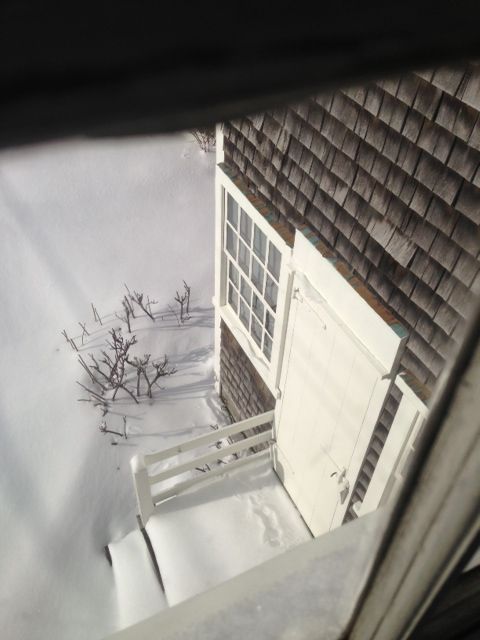Nantucket Maria Mitchell Association Welcomes Dr. Valerie Hall Featured Guest for August Science Speaker Series
NANTUCKET, MA—The Nantucket Maria Mitchell Association (MMA) announces that it will host Dr. Valerie Hall, Ph.D., as a featured presenter for its Science Speaker Series. Her presentation will take place on August 16 at 6 pm. It will be presented in-person at the MMA Research Center at 2 Vestal Street and via Zoom. This event is free to all.
This feature presentation will give an overview of the biology of the bay scallop and its unique fishery. Dr. Valerie Hall, Maria Mitchell Research Associate, and nine of her students: Ellie Kinsella and Gray Simanson; Sophia Beni, Gus Simanson, Sayam Thapamagar, James Borthwick, Kate Kinsella, Julia Winsor, and Aiden Haase will first describe the biology of the Nantucket Bay Scallop, Argopecten irradians. This presentation will cover the Bay Scallop classification, habitat, distribution, ecological niche, life cycle, reproduction, timing of spawning, predators, parasites, and environmental hazards the species faces. Students will then describe the laboratory and field program which is now in its eighth year at the Maria Mitchell Association. They will also share their experiences on scallop collecting trips in addition to the process of dissecting and preparing the reproductive tissue for histology (the process by which microscope slides are prepared from thin sections of gonad). Finally, students review their examination of prepared slides to determine the degree of spawning of each collection and co-relate their findings to water temperature. Students not only learn how to collect and analyze data but also to master the biology of this species while they gain experience and skills working as a part of a team in a research laboratory setting.
Dr. Valerie Hall has lived on Nantucket for 46 years. After a 35-year career teaching high school science, mostly on Nantucket, she earned her Ph.D. in Fisheries Oceanography at the University of Massachusetts’ School for Marine Science and Technology in 2014. She then began a research and mentoring program at the MMA which has just completed its eighth summer. During that time, Dr. Hall has worked with over 80 high school and college students alike. Students earn community service hours and have benefitted immensely from Dr. Hall’s program, many of them asking to return for subsequent seasons.
This presentation is complimentary and held both in-person, at the MMA’s Research Center located at 2 Vestal Street, and via Zoom, please pre-register.
The Maria Mitchell Association was founded in 1902 to preserve the legacy of Nantucket native astronomer, naturalist, librarian, and educator, Maria Mitchell. After she discovered a comet in 1847, Mitchell’s international fame led to many achievements and awards, including an appointment as the first female professor of astronomy at Vassar College. Maria Mitchell believed in “learning by doing” and today that philosophy is reflected in the MMA’s mission statement, programs, research projects, and other activities. The Maria Mitchell Association operates two observatories, a natural science museum, an aquarium, a research center, and preserves the historic birthplace of Maria Mitchell. A wide variety of science and history-related programming is offered throughout the year for people of all ages.
###
For Immediate Release
August 2, 2023
Contact: Grace Baisley
marketinginterns@mariamitchell.org
Recent Posts




